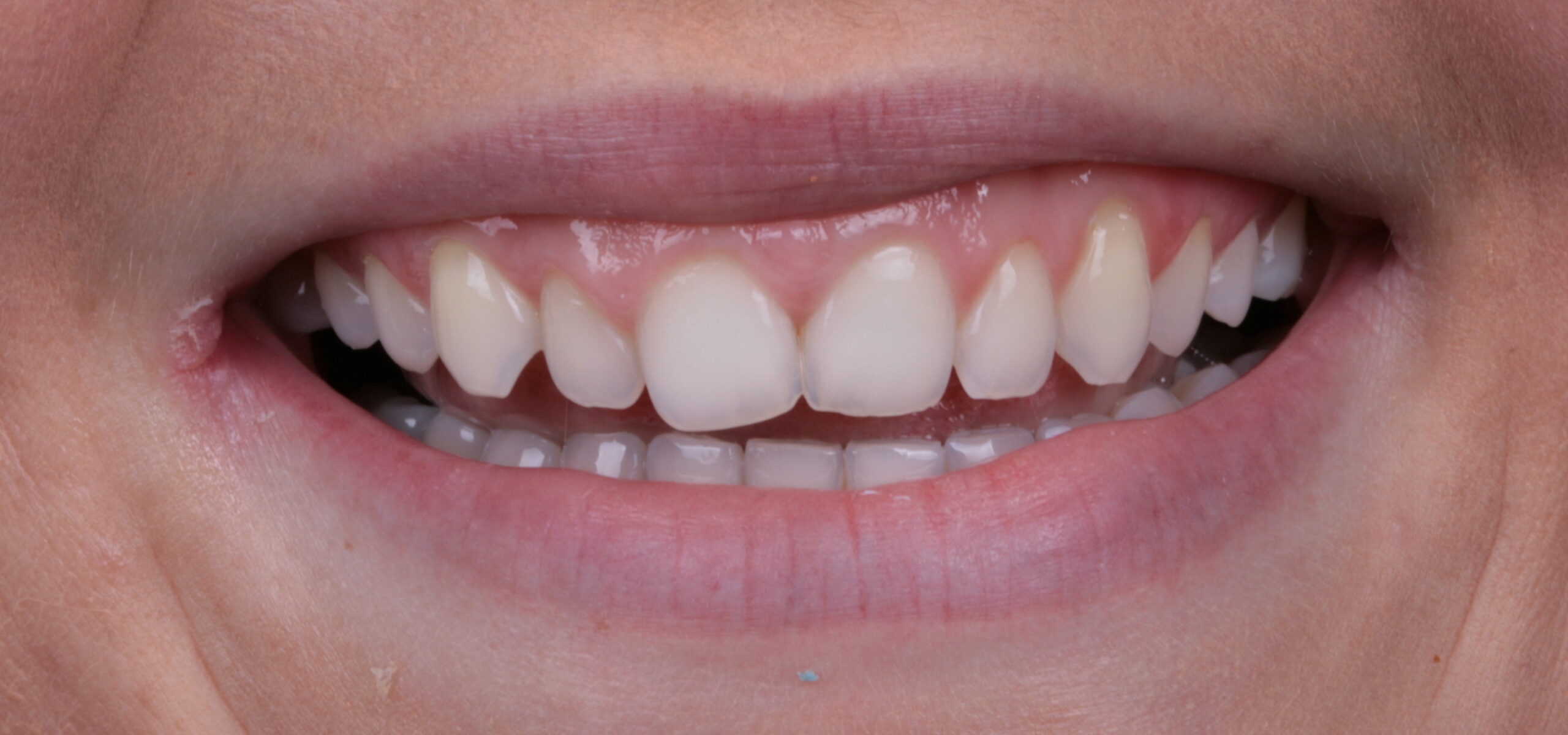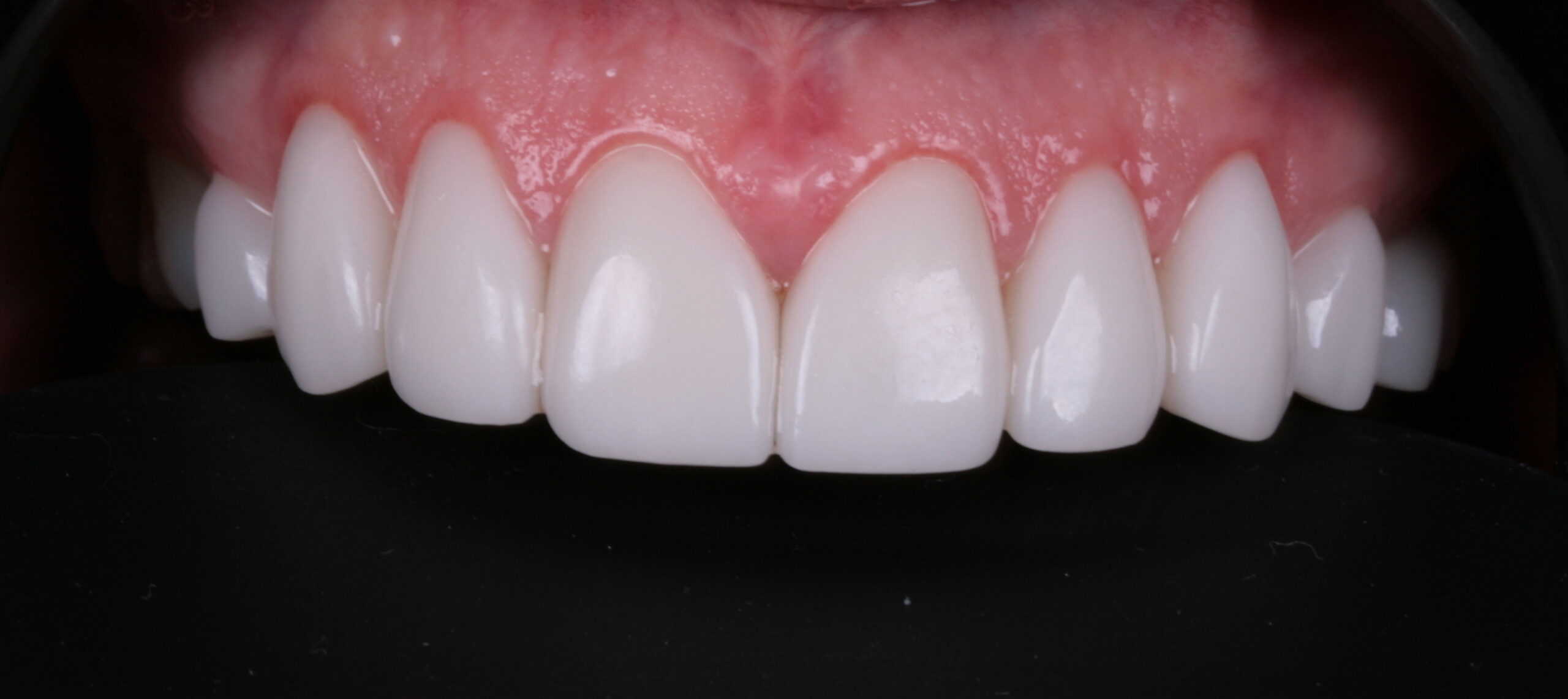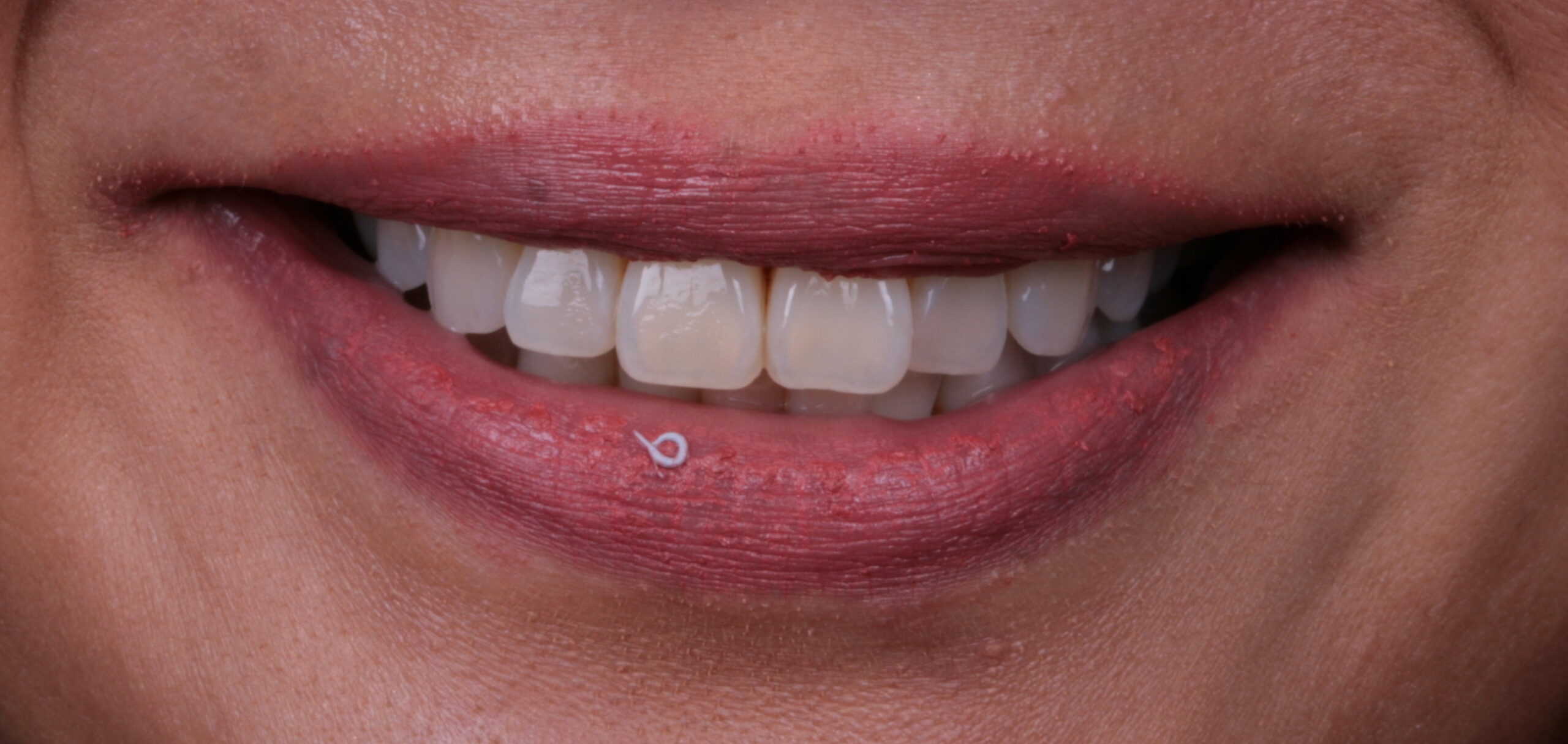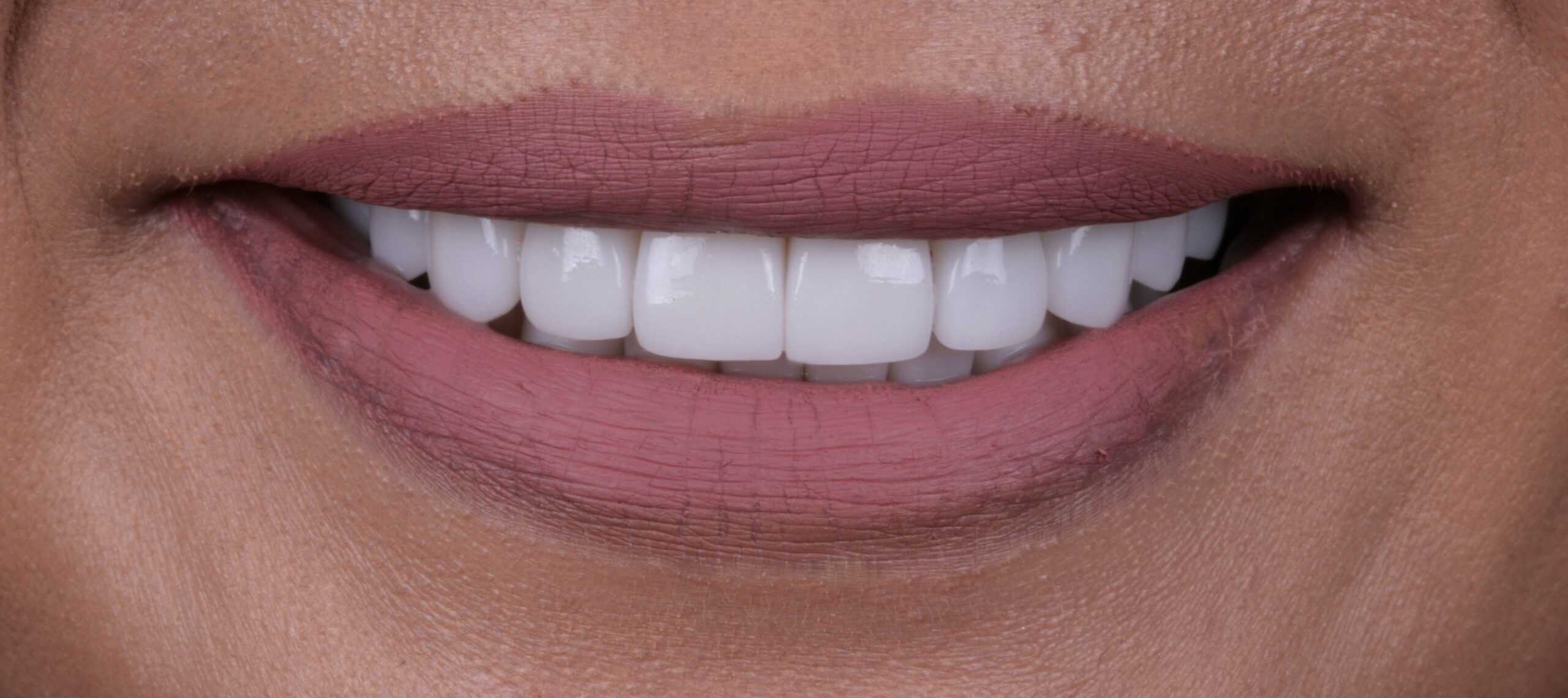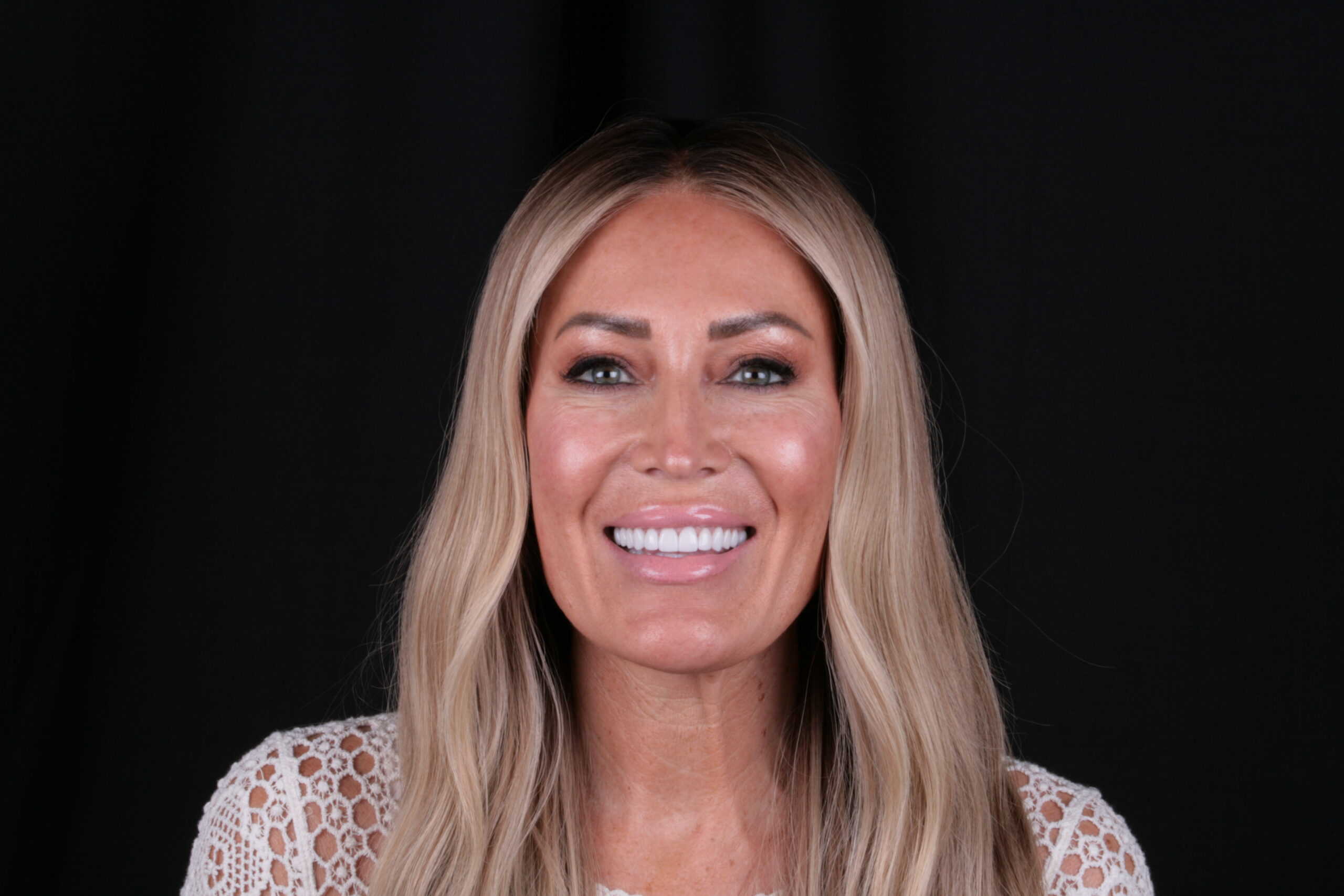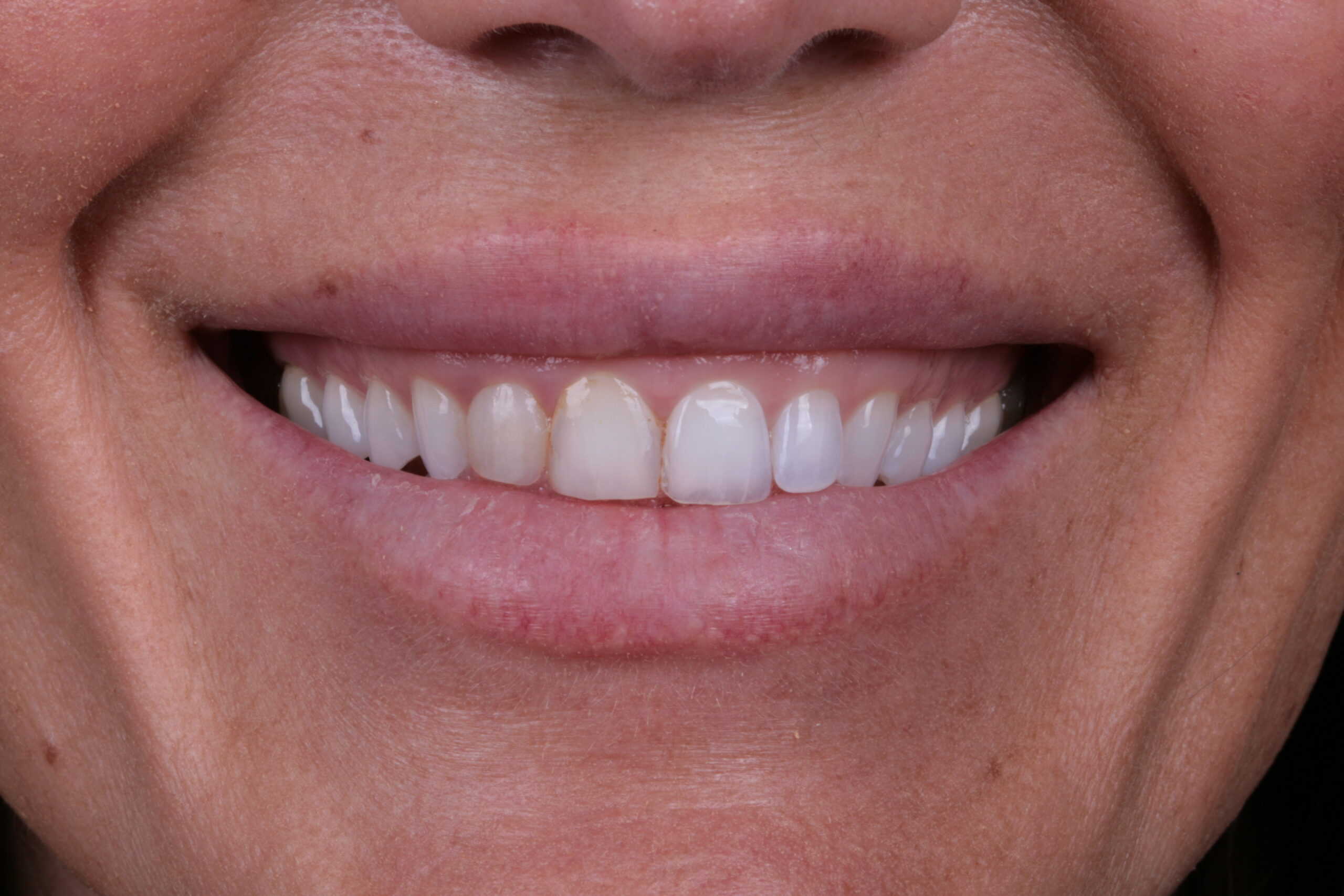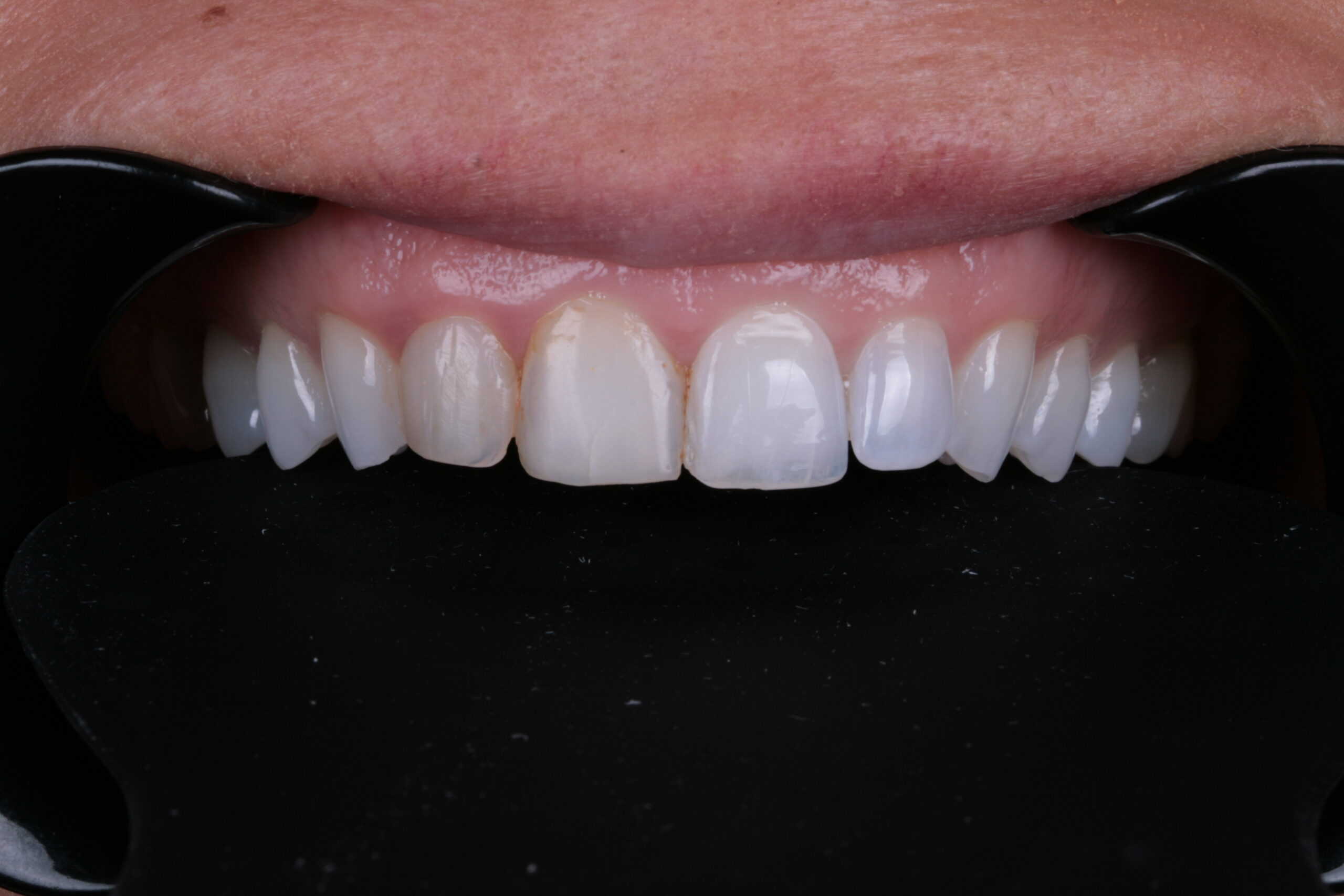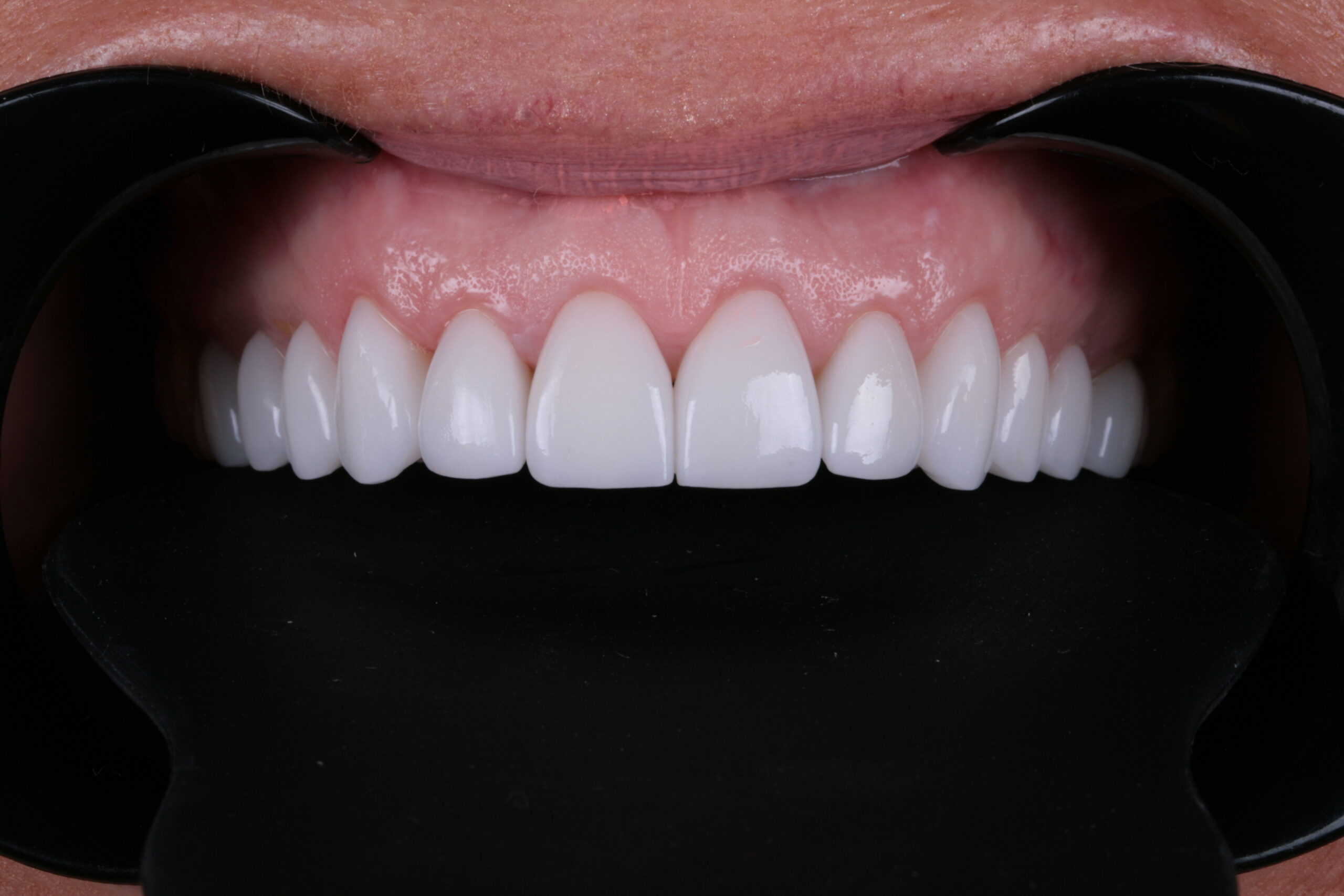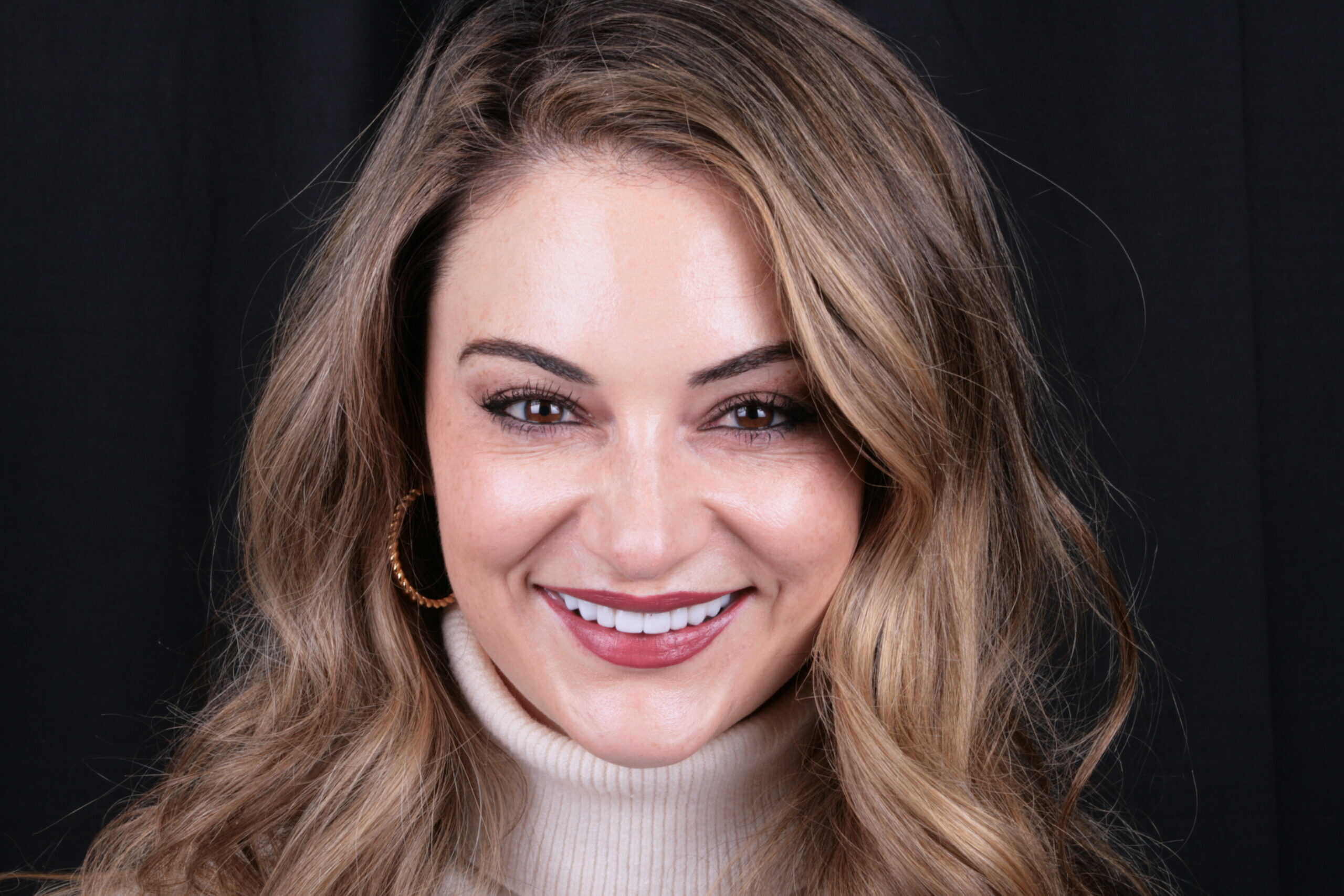
Almost every one of us suffer from headaches. Irrespective of being young or old, small or big, male or female, one can be a victim of headaches. However, the classifications can be different.
Headaches can be regular headaches, migraines, or a totally different classification and beyond the average called cluster headaches. Medical practitioners refer to these headaches as unique ones and a situation that is beyond normal. While it has been researched to find that migraine related headaches occur in women more than men, cluster headaches are a unique condition that predominantly exists in men. They are rather difficult to handle, as they are a constant situation that can last for periods ranging from weeks to a month at a stretch.
Symptoms of Cluster Headaches
Cluster headaches may last for an hour, unlike that of a migraine which lasts for anywhere between 4-12 hours at a stretch. The cluster headache strikes suddenly and is at a peak within a minute or so. They are sudden attacks that keep happening at the same place at a particular side of the head. More often than not they occur in front of the head and around the eyes. One suffers from redness and constant watering in the eyes, drooping eyelids, congestion, sweating and nausea. More than the pain it is the feeling that leaves one completely enervated.
When one suffers from a cluster headache, it is the constant feeling of unease that makes one want to bring about relief. When one suffers from a migraine one wants to lock himself or herself in a dark room and get some rest. This is a completely different scenario. A patient suffering from a cluster headache is likely to do anything to be able to get rid of it. They feel completely disabled as the attacks are sudden and shoot to its peak in an instant. There has been no particular findings as to what causes these headaches, but doctors believe alcohol and a poor lifestyle could be a possible trigger.
Relief for Cluster Headaches
If one is diagnosed as suffering from cluster headaches, medication or treatment needs to be started almost immediately. Often oxygen inhalation is advised to help control the pain and to avoid the onset of an attack. One may be prescribed strong medications for relief, but the best approach is a treatment method that ensures prevention is better than cure – for a permanent relief.




